We finished up our time in Kentucky with a stay in northern-central Kentucky, which put us within easy reach of Louisville and Lexington, AKA horse and bourbon country. We visited a number of very different destinations, but the theme that emerged from our visit is: what’s the importance of authenticity?
Lincoln Birthplace Memorial
Our trip through Kentucky would not have been complete if we missed the third NPS unit in the state: the Abraham Lincoln Birthplace National Historical Park. Our 16th president was famously born in a log cabin in Kentucky, and proud Americans started the nonprofit Lincoln Farm Association to preserve the property occupied by Lincoln’s family at the time of his birth. The Sinking Spring Farm in Hodgenville was easy to identify because of the spring that disappeared into an underground carved-limestone cave, and of course it contained an ancient log cabin! Substantial sums were raised to acquire the land, engage an architect, and build a grand memorial that predated the Washington, DC Lincoln Memorial by over a decade. The log cabin was painstakingly disassembled and then reassembled, piece by piece in its original form, inside the memorial.
Unfortunately it turns out, based on radio carbon dating, that the earliest the cabin could have been constructed was 1848. There’s no way Abraham Lincoln could have been born in that cabin in 1809. Oops.
While this could have turned the memorial into a laughingstock, the National Park Service interpretation does a good job of saving the day. As noted by the interpretive materials, the point of enshrining the humble one-room cabin in a grand Beaux-Arts building made of granite and marble is to emphasize Lincoln’s embodiment of the opportunity of America. That a person born in a tiny rough-hewn cabin could become one of our greatest presidents is a testament to the opportunities of meritocracy and democracy. Lincoln’s story is real; it sort of doesn’t matter if that is actually the true birthplace cabin inside the monument.
I was sold on the NPS perspective on this. I expected to mock the faux historic cabin mercilessly, but I ended up appreciating the spirit of the memorial.
Locust Grove
In our very first official Lewis & Clark Trail stop, we visited the Locust Grove historic home in Louisville. This landmark was the family home of William Croghan and Lucy Clark Croghan, and the place where Lucy’s older brother George Rogers Clark spent his final years. George was a noted Kentucky pioneer, the founder of Louisville, and a hero of the Revolutionary War whose military successes against the British in Illinois led to the Northwest Territory (Ohio, Indiana, Illinois, Michigan, Wisconsin) becoming part of the United States. The connection to the Lewis & Clark expedition is that Lucy and George’s younger brother William was co-captain of the Corps of Discovery, and Locust Grove is the only remaining structure west of the Appalachians that Meriwether Lewis and William Clark were known to visit together. They spent about three weeks at the home on their way back to Washington after completing their stupendous journey. Louisville in general is an important locale for the Corps of Discovery, since a plurality of the enlisted members of the group were recruited by Clark from the Louisville area. In 1803 Louisville was still enough of a frontier town that the young men of the area possessed good hunting and tracking skills and were not too accustomed to creature comforts, as evidenced by the nearby birth of Abraham Lincoln in a typical one-room cabin. At the same time, more intellectual pursuits such as surveying, scientific discovery, and political engagement were also very much a part of the culture, as embodied by the Croghans at Locust Grove.
The home itself is an impressive three-story brick structure, and was once the hub of a 300-acre farm. It’s been restored to its circa 1792 appearance, with meticulous attention to detail. The garish 18th century wallpaper was reproduced from remnants found behind modern walls, or recreated based on contemporary descriptions. The house includes a profusion of the very expensive greenish verdigris paint, used to show off the owner’s wealth and status. One of the Croghan children — Dr. John Croghan, who also purchased Mammoth Cave in the 19th century in an ill-fated effort to establish an underground tuberculosis sanitarium (?!?) — made a detailed inventory of the entire home recording the contents of every room. This fantastic resource has allowed the property to be presented with a collection of artifacts arranged exactly as the family lived. The interpretation is also very clear about what’s original, what’s been restored using replicas of original materials, what’s been restored using best guesses, and what’s been totally reconstructed.
I give this site an A+ for historical authenticity. I also thought the interpretation in the visitor center was top notch, offering good diversity of perspectives — not forgetting that the entire home was built and operated by enslaved people.
For me — a well-known survey nerd — the survey-related interpretation was one of my favorite parts. Displays discussed what surveyors did, the difficult conditions they endured, and the tools they used to map out frontier areas like Kentucky. William Croghan and George Rogers Clark started out as survey partners, before they became brothers-in-law, and the work of surveying lands that were new to the US was fundamental in fostering western expansion.
Toyota Factory
I am so glad we learned about this from another blogger, because this was one of the highlights of our time in northern Kentucky. Tucked away in scenic Georgetown, Kentucky is the largest Toyota manufacturing facility in the world — and they offer free tours! With just a reservation, we were treated to a tram tour around this gigantic facility, covering over 8 million square feet. While we didn’t visit every area, we were able to see many different aspects of the soup-to-nuts car production that takes place here. The process starts with multi-ton rolls of steel which are stamped into body part by impressively immense and powerful stamping machines and then welded together by robots to form the car body. After painting, the body passes along an assembly line and gradually receives more and more parts until a finished car emerges, is tested, and sent off for sale. The whole process to manufacture a single car takes about 20 hours, and the factory produces a mind-boggling 2,000 cars per day. If you purchase a Toyota Camry in the US, it probably came down this assembly line.
Seeing all of this in person was just incredible. The scale of the building was obviously immense, and the logistical feat of pulling so many materials and parts together at exactly the right time is really impressive. The tour showed off lots of robots in action, but in a way that highlighted the cooperation between human workers and their robot helpers. I particularly liked the little automated vehicles that shuttled engines and boxes of parts to various points on the assembly lines when needed, following magnetic strips in the floor to reach their destinations.
We traveled along some of the assembly lines in reverse order, and I had trouble wrapping my mind around seeing car deconstruction in front of my eyes. The reverse order of our tour along the door assembly route meant that in just a few moments we saw fully assembled doors traveling the line, then saw them in successively less complete stages with no panels, no speakers, and no glass, as we passed by a dozen assembly points until they were nothing but painted metal at the beginning of the line.
Our guide also did a good job of adding texture to the facts and figures of the production process by discussing the plant culture including the famous Toyota Way. The company basically invented the modern approach to optimizing manufacturing, from the emphasis on kaizen (continuous improvement) to worker empowerment through a team-based approach. The focus on safety was obvious throughout the facility, especially in deeply ingrained behaviors like all drivers (trams, automated vehicles, forklifts, etc.) driving strictly within driving lanes, stopping at all intersections, and giving little honks before pointing the direction they were turning.
The tour policies strictly prohibit phones, cameras, recording devices, and any large bags, so I have no photos to share. But you can get a pretty good idea from watching the video on the Toyota Motor Manufacturing Kentucky site. It really is that clean! We felt we had a completely authentic and impressive plant experience. The only thing that made me slightly skeptical was that so many of the workers waved at the tour tram as we passed by. Can they really all be that friendly?
Bernheim Arboretum
As usual, we checked the list of member gardens of the American Horticultural Society to discover locations where we would have free access as members of our local garden. South of Louisville is an intriguing member: Bernheim Arboretum. Bernheim focuses on trees, of course, and its 15,000 acres include significant expanses of research forest. The Frank Lloyd Wright inspired Prairie-style visitor center was one of the most beautiful buildings we have ever visited. Made with lots of wood, stone, and glass, the building just exuded warmth and light while being very environmentally appropriate. I was not at all surprised to learn that it was the first LEED Platinum building built in Kentucky.
The grounds themselves had two main areas. In the more formal area, large collections of different varieties of trees (hollies, magnolias, dogwoods, etc.) were showcased along with monumental art pieces that invited visitors to consider connections between humans and the natural world in different ways. Within the natural forest area, we enjoyed the unique Canopy Tree Walk — a platform jutting from the top of a ridge out into the canopy of the forest below — as well as a nice hike along the Elm Lick stream. The forest is not authentic in that it is not an original, old-growth forest. Almost none of that survives in Kentucky. Rather, it is a recreated forest that is working to bring formerly overlogged and overworked land back to life. I didn’t mind the artifice one bit. I would have liked to learn more about the research they are conducting on forests, but overall this visit was just what we needed after several hectic days of sightseeing.
The only thing that somewhat marred the serenity of our visit was the persistent, cloying smell of fermenting bourbon mash throughout the formal gardens. I guess that can’t be avoided when the Jim Beam distillery is directly across the street. Which brings me to…
Bourbon Distillery Tours
Kentucky is rightly famous for its bourbon, so of course we wanted to partake and learn a little more about this quintessentially American spirit. Our first distillery visit was Woodford Reserve, a little west of Lexington. The visit began with a comically short bus ride from the visitor center to the historic distillery…. which was about 75 yards away. I appreciate the effort to make the tour accessible for people with mobility issues but it was still a little strange. We had the chance to visit barrels of fermenting mash and taste the “distiller’s beer” produced by the action of yeast on the corn, barley and rye. We were given plenty of time for selfies with the three photogenic copper stills, and had the chance to sniff the pure alcohol product coming from the stills. Then we hit the aging warehouse where we learned about the process of aging the alcohol in charred barrels for at least two years.
The clever gravity-driven system for transporting filled barrels from the distilling building to the aging warehouse made sense for a historic property that dates to the early 19th century. Given my love of industrial engineering (see Toyota factory description above) I may have been the most interested in the bottling facility. In any case, our visit wrapped up with a tasting experience, where our guide did a good job of explaining tasting protocols, and highlighting the different types of flavors that are found in bourbon. I am not a spirits drinker and I was just fine with the recommended tasting method of taking extremely small sips.
The tour was informative, but played a little fast and loose with the “historical” designation. The buildings that we toured are indeed old buildings that have been used for distilling for hundreds of years. However, the current owners have only owned the property since 1993 and the Woodford Reserve product has only been sold since 1996. It’s not a historic manufacturing process or recipe but rather a new product designed for the modern market but cloaked in the mantle of a historic property. To make matters worse, the small aging warehouse in the historic distillery can’t possibly handle the volume needed to meet market demand, so there are giant modern warehouses on the property just over the ridge, obscured from view, where most of the product is actually made. I found it a little off-putting.
We had originally planned to visit four different distilleries, but our plans were compressed because of some challenges with campground availability. Also, we figured out pretty quickly that most of the tours would cover the same basic information in the same basic format. All the distillers are making the same product, after all, despite their claim to use proprietary yeast strains for fermentation or unusual barrels for aging. So for our trip to Jim Beam we opted not to take a formal tour but instead did the self-guided tour around the visitor area.
This visitor experience reminded me mostly of Disney. It was super-slick, with lovely manicured lawns and trees. There was a purchasing opportunity around every corner. And instead of attempting to take you through a “real” distilling process, the tour basically consisted of show pieces meant to illustrate the grain mix, fermentation, barrel making, etc. I found the picture-perfect miniature red barns strangely compelling.
Interestingly, you could easily see the actual distillery from the visitor area — it was the not-so-manicured area beyond a fence buzzing with constant activity. To me, the most notable aspect of Jim Beam is how the microscopic town of Clermont is just utterly dominated by massive 5-6 story warehouses holding the aging product. This company is not hiding the ball at all when it comes to their volume.
I get that the Bourbon Trail is fundamentally an artificial activity created to attract tourists to the area, and I recognize that different distillers have taken different approaches to creating a visitor experience. I’m glad we took the time to learn about bourbon, but our two distillery visits ended up being plenty for us.
General Kentucky Thoughts
We had the opportunity to travel lots of back roads of northern Kentucky on our way to various destinations, and I can confirm that it is beautiful. The rolling hills with horse farms surrounded by tidy fences, the small farms, and the small towns, all interspersed with wooded areas, made for lovely vistas on our drives. However, those back roads were ridiculously narrow. Half of the roads are not even two lanes — they are 1.5 lanes at best, with very limited shoulders. There are random requirements to yield to oncoming traffic thanks to very narrow bridges or train trestles. The speed limit of 55 was completely laughable; we never got close to that speed, much to the chagrin of people behind us. It would not surprise me one bit if Kentucky leads the nation in non-highway auto fatalities. Normally we like to travel on scenic back roads and avoid highways, but in Kentucky we were very eager to get on the highways when towing our trailer. Luckily the Bluegrass Parkway, the Cumberland Parkway, and even some of the interstates were absolutely lovely. I wasn’t sure what to expect from our first time visiting Kentucky, and I was impressed.
Phew! Enough words about a very interesting visit to Kentucky. We’re soon headed west of the Mississippi and on to new adventures.
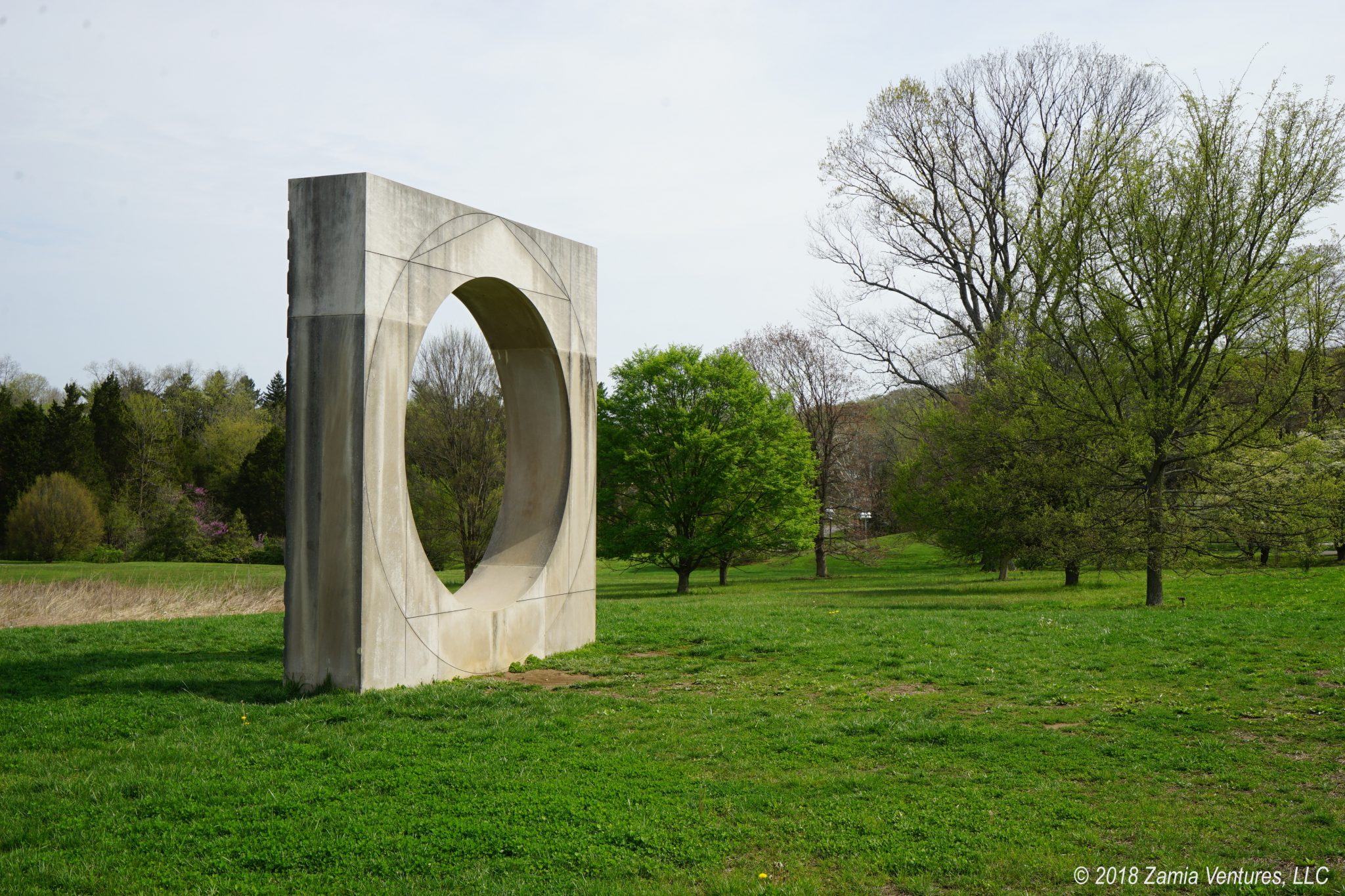
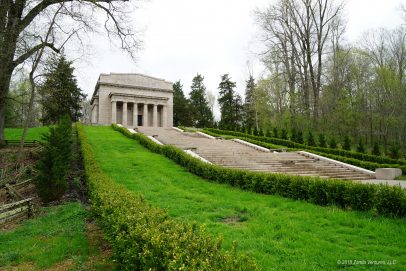
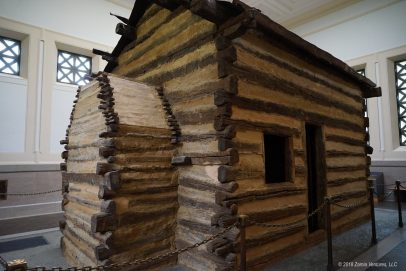
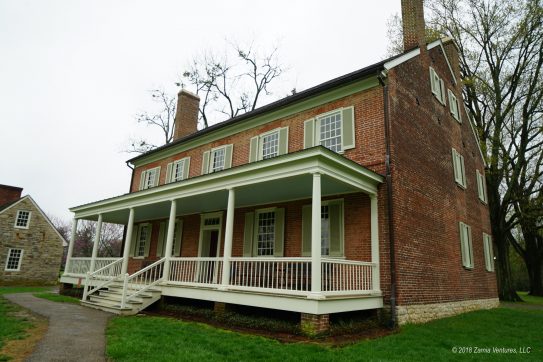
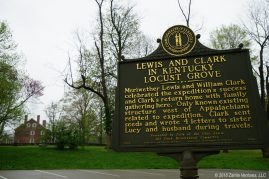
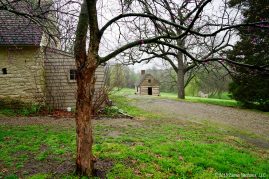
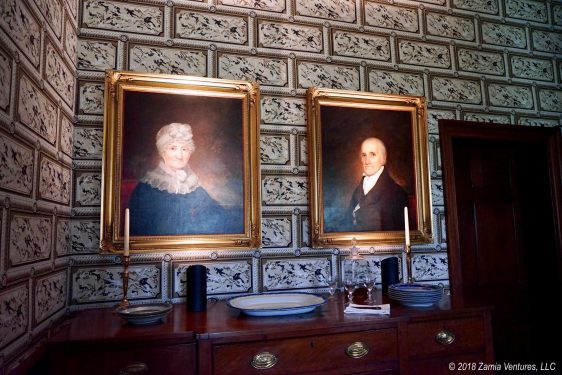
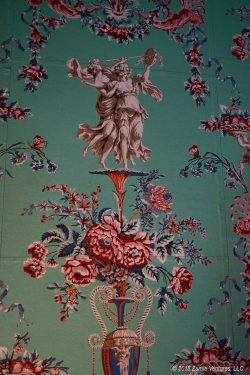
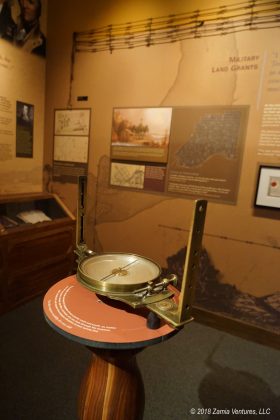
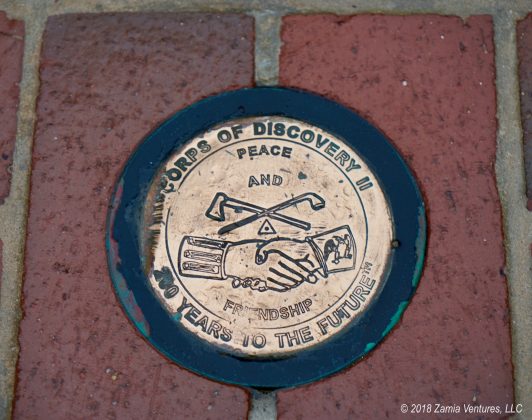
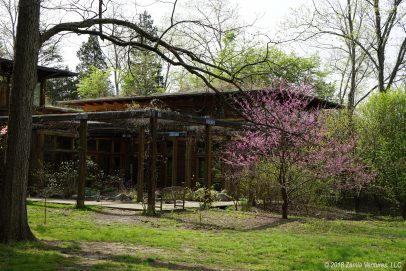
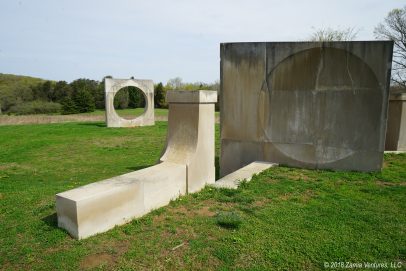
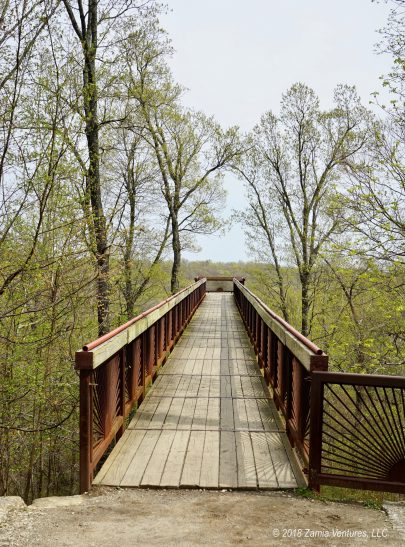
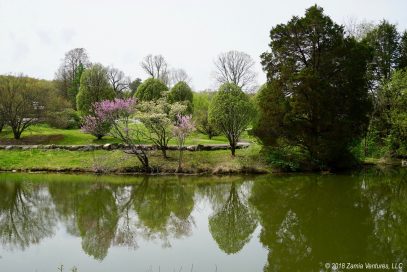
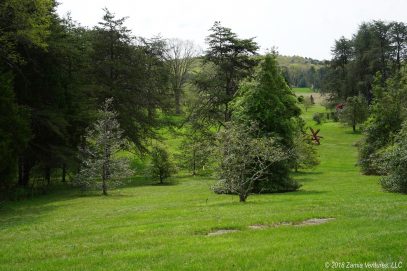
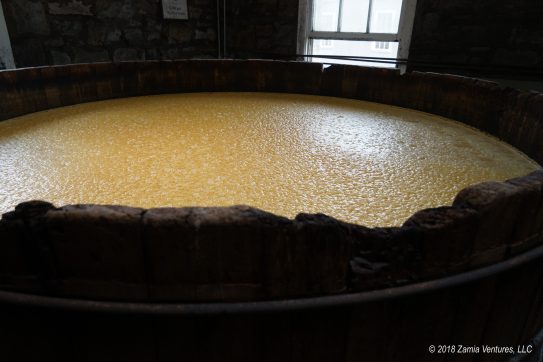
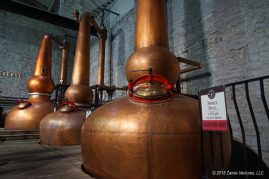
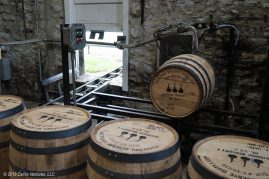
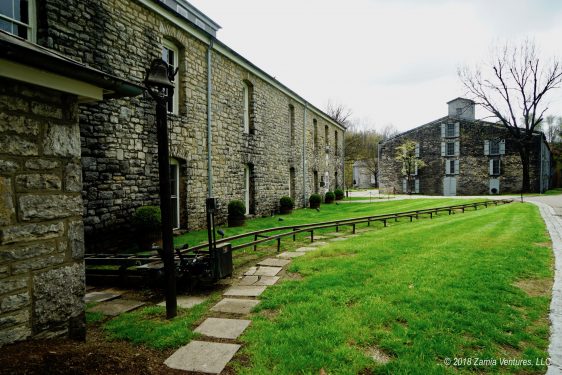
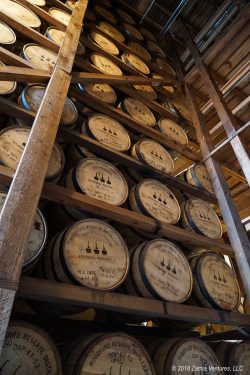
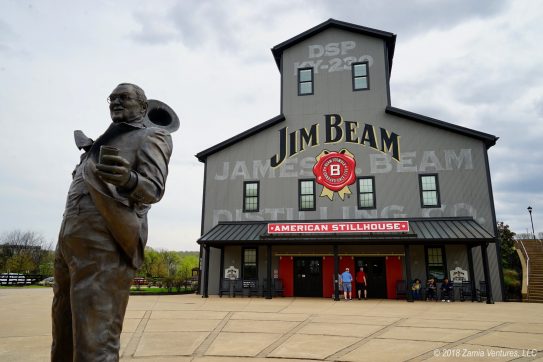
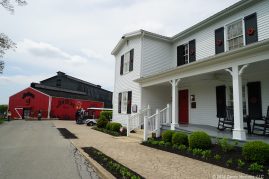
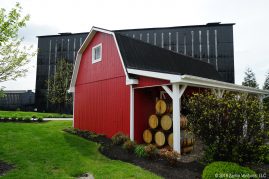
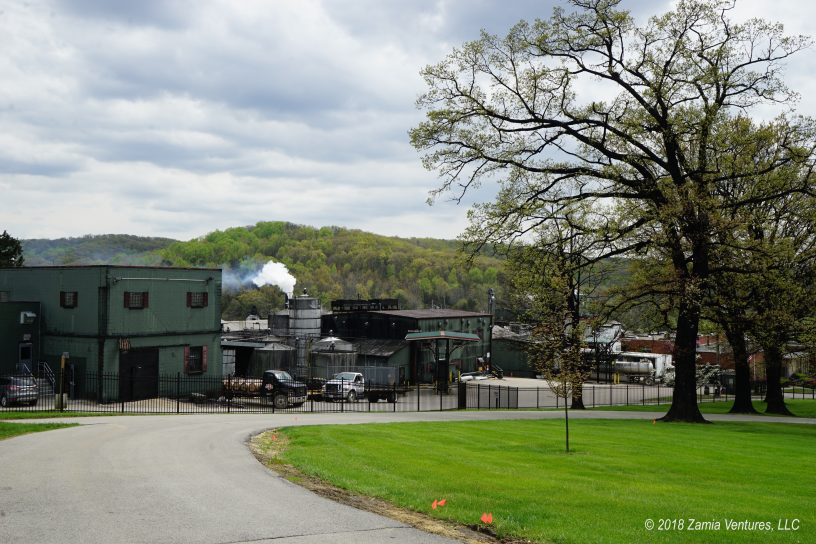


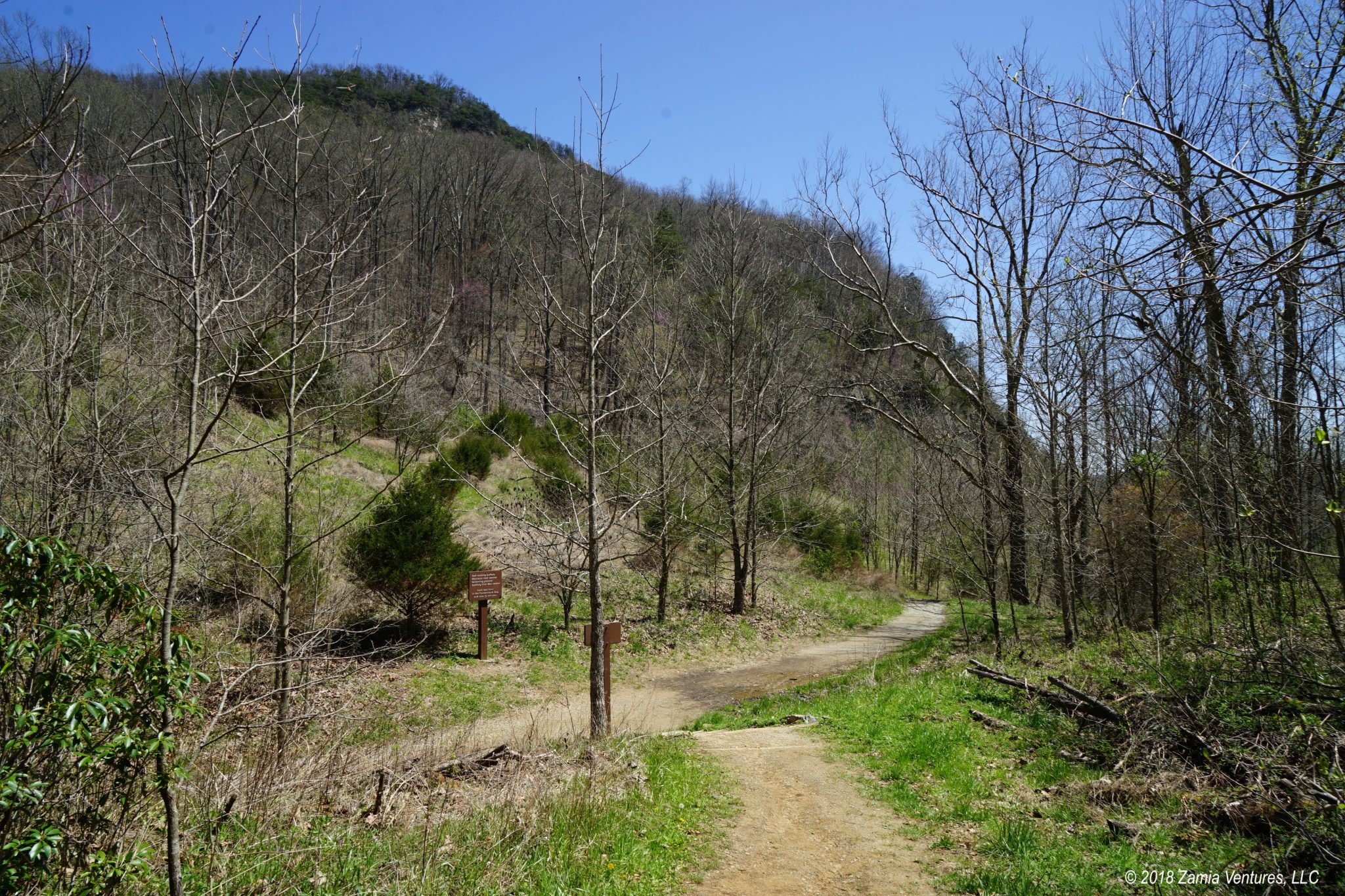
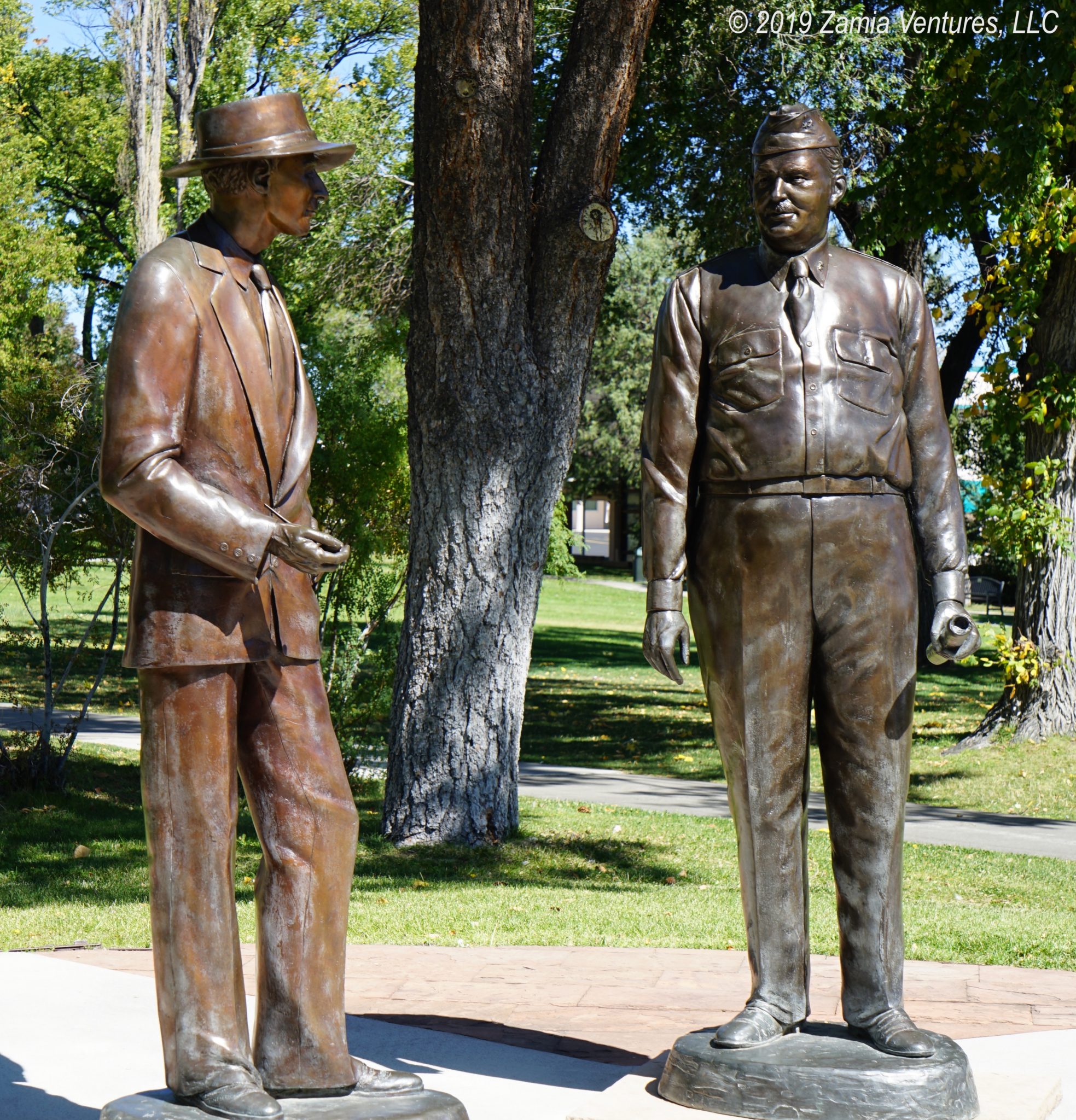
That Toyota plant tour looks awesome! I’ve never heard of it. It sucks that you can’t take photos inside, but I can understand that. Some of the tours we’ve been on that won’t allow photos are B.S., but this one makes sense. Good to know for next time we’re in that area. We’ll definitely check it out. As for the bourbon tours, we visited 4 in one day and actually were least impressed with Woodford. We felt the same way – too slick and inauthentic. If you ever get back there, I’d recommend checking out Buffalo Trace. That one was our favorite and you can see where all the work is really being done.
Your KY blog post was really helpful in putting together our itinerary, and Buffalo Trace was actually one of 4 distilleries on my list to visit thanks to your post. However, I am not the bourbon drinker in the family, and there was a strong preference to visit places whose products live in our liquor cabinet. So when we ended up limiting the number of bourbon visits Woodford and Jim Beam made the cut.
We discussed why the Toyota factory tour prohibits photos, and I think it’s mostly an issue of safety and protecting worker privacy. I don’t think it’s to protect trade secrets — anything we saw has already been documented in numerous books about Toyota or can be learned by just taking apart a Camry.
Yeah, that makes sense. Still sucks for blogging purposes though… 🙂
By the way, I was looking at your expected travel map, and I think we may intersect routes in December. We are basically traveling a similar route as you through fall (down the Oregon coast and south through California), but we’ll be about a month ahead of you and may take a more interior route through California. We’re not sure yet. Either way though, we will likely be in San Diego in early December. Perhaps we can catch up in person somewhere around then….
That would be fantastic! 🙂